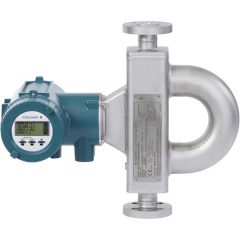
YOKOGAWA Coriolis flow meter
Coriolis flow meters are used to measure the mass flow of a fluid. They can be used for almost all media: clean, loaded and highly loaded liquids and gases. However, they are not recommended for viscous, conductive or multiphase fluids.
A Coriolis flow meter consists of a straight or U-shaped tube equipped with vibration sensors at the inlet and outlet of the tube. When a fluid flows through the tube, the tube is vibrated perpendicularly in the direction of flow, which generates Coriolis forces that cause a phase shift of frequency vibrations. This phase shift, measured by the two sensors, is proportional to the mass flow rate of the fluid flowing through the tube.
Coriolis flow meters have the advantage of simultaneously providing three pieces of information about the flowing fluid: its mass flow rate, density and temperature. However, this technology is still very expensive and the device is larger than average.
Coriolis flow meters are generally used in the pharmaceutical industry, for water treatment plants, nuclear facilities and in the measurement and transfer of natural gas.
A Coriolis flowmeter is installed replacing a portion of the pipe.



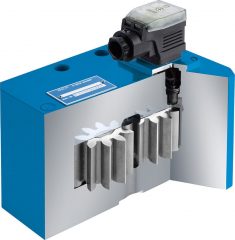

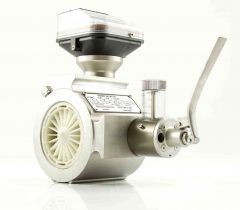
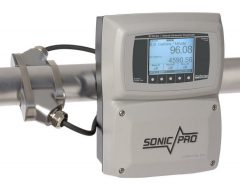
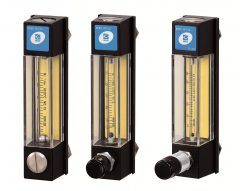
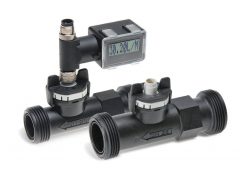


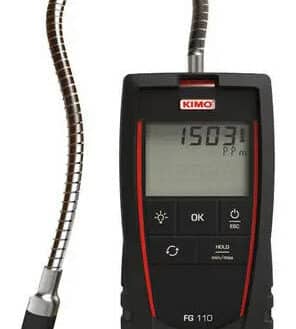

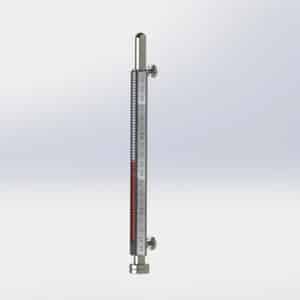



Good insight